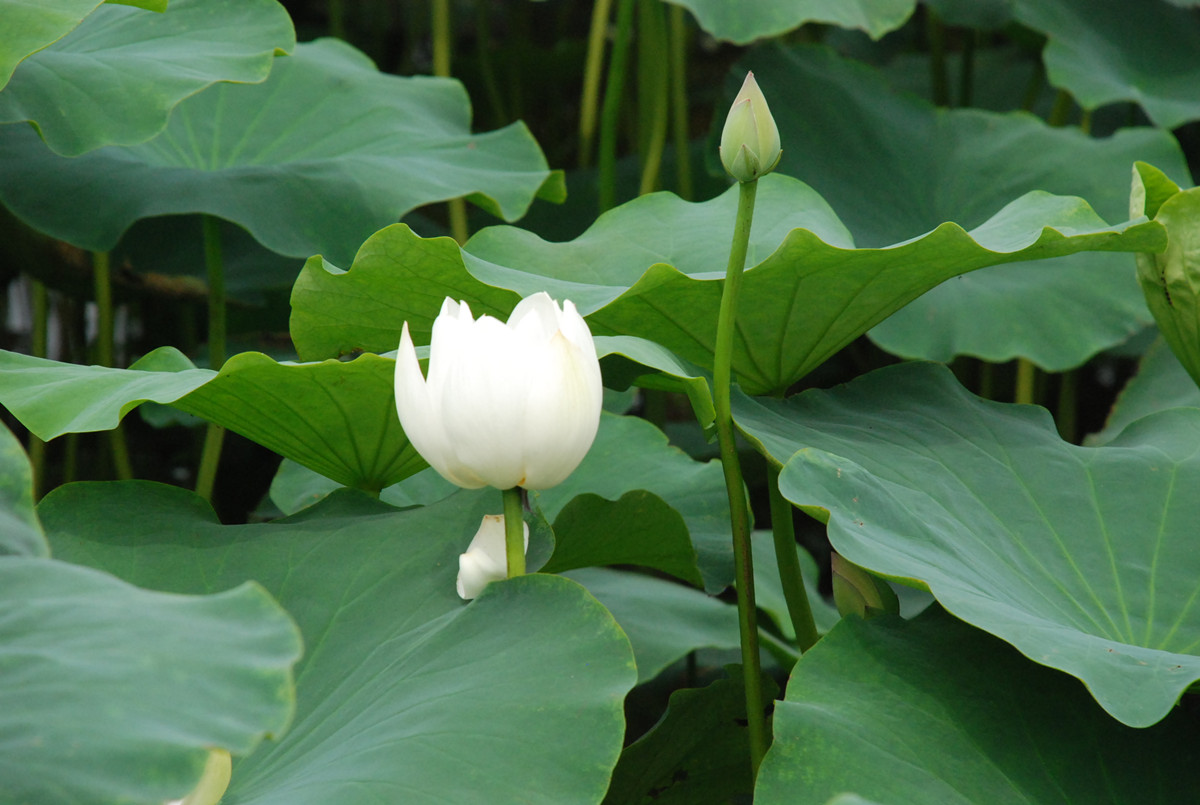A Chinese illiterate, let Americans worship, find him in the world for a century, but find him in Taishan
Author:Lao Nie Yue Culture Time:2022.08.22
In 2007, Columbia University released such a tracing notice. They were looking for a Chinese called Ding Long more than a hundred years ago. In 2012, the CCTV column "Chinese World" was also looking for him. Local media such as "Southern Weekend" are also looking for him.
Why do you want to find this Chinese more than a hundred years ago? What did he do so that people are so persistent to find him?
The title of "Ding Long Sinology Lecture" of East Asia College of Columbia University is the highest honor to grant the world's highest scholars in the world. Only four professors have won this honor. They think Ding Long must be history It was a famous big man, but later discovered that Ding Long actually came to an ordinary Chinese worker who came to the United States more than a hundred years ago. He is not a scholar, not a general, not an important figure. He is just an ordinary American Chinese worker among the first generation of Chinese immigrants in the United States. The University of Columbia in the United States set up a lecture named "Ding Long" to speak Chinese culture.
At the beginning of the 20th century, Dinglong, the United States, donated the Department of Sinology to Columbia University, but his life was always like a mystery. Since the 1990s, every time, domestic and foreign media will set off a "Dinglong" heat.
Because of the lack of historical materials, Ding Long's Chinese name and origin have been unknown, and according to the customs records of the United States, in 1905, where he left the United States, he had nothing to know. Over the years, scholars from China and the United States have made all kinds of archives and visited many places, but there are still no major progress.
Some time ago, the special film of "Looking for Ding Long" broadcast in the CCTV "News Survey" showed that after many efforts, Ding Long found that his identity has been initially recognized as Ma Wanchang, a Taishan from Jiangmen City, Guangdong Province.
In this important breakthrough, Mr. Chen Jiaji, a Chinese scholar who is committed to studying Ding Long, plays a key role. After more than ten years of hard work and chances, he finally found the identity of Ding Long with the local overseas Chinese department and overseas Chinese history workers who had experienced a high degree of consistency with Ding Long's life experience with Ding Long.
Ding Long (1857-1936), formerly known as: Ma Wanchang, also known as Ma Jinlong. Male, an ordinary American Chinese worker.
The Taishan Taishan Baisha Qianqiuli, Guangdong, Guangdong returned to his hometown from the United States in 1905. He died in his hometown in October 1936.
Ma Wanchang built four buildings for two sons and his brothers in his hometown, purchased stocks in fields and Xinning Railway, and invested in Hong Kong. He was a rich man in the village. However, with the outbreak of the Anti -Japanese War, Ma Wanchang's investment in the Xinning Railway was destroyed, and the investment was not returned. Hong Kong's industries were also swallowed up by the bad homes. At the time of liberation, the family production was basically sold out, so the family composition was rated as a poor farmer.
Ma Wanchang has two sons and four daughters, eldest sons, sons, and sons (Wei Shuo, born in 1907). Among them, Wei Shuo has two sons and five daughters, and most of them live in the United States. (Text/Nie Juping)
- END -
Li Ling's original prose 丨 Half -acre Fangtang, recitation: Li Hui

Half -acre FangtangAuthor/Li LingRecitation/Li HuiPhotography, the Internet, every...
The story of Li Yuanbo and Shaanxi Yuanbo Calligraphy Aesthetics Research Institute

Yang FengshengSearching for the Shaanxi Yuanbo Calligraphy Aesthetic Research Inst...